Gucci's history, beginning in 1921 in Florence, showcases its evolution from a small boutique into a renowned global luxury brand. The post-WWII era saw innovations like the iconic bamboo-handled bag, which broadened its appeal across diverse markets. The brand's association with style icons such as Grace Kelly and Jackie Kennedy further enhanced its desirability among the elite. However, the 1980s were marked by internal family disputes that resulted in major corporate transformations, culminating in the acquisition by PPR in 1999. Today, under the vision of creative directors like Alessandro Michele, Gucci skillfully merges its rich heritage with contemporary sustainability initiatives, solidifying its cultural significance in the fashion industry. To fully appreciate the factors that have shaped Gucci's lasting legacy, one must delve into the brand's captivating evolution.
Founding Years in Florence
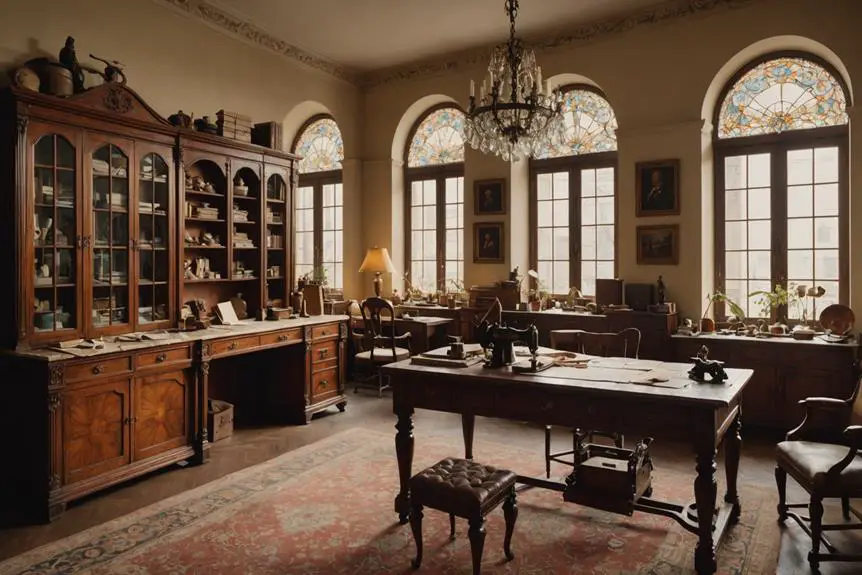
Gucci's journey began in 1921 when Guccio Gucci opened his first boutique in Florence, Italy, drawing inspiration from his time as a porter at the Savoy Hotel in London. His experiences exposed him to luxury luggage, which he sought to replicate. Located on Via della Vigna Nuova, the boutique quickly gained popularity by offering artisanal leather goods and travel items that appealed to affluent clients.
In the late 1930s, Gucci's innovative spirit led him to explore canvas materials, culminating in the creation of the iconic Diamante fabric. This hallmark design, featuring an interlocking diamond print, became a signature element of Gucci's luggage line, solidifying the brand's identity.
Post-War Expansion and Innovation
What drove Gucci to expand and innovate in the post-war era? The aftermath of World War II presented a unique opportunity for growth, as demand for luxury goods surged. Resuming leather production, Gucci introduced the iconic bamboo-handled bag in 1947, ingeniously utilizing bamboo to address material shortages while providing lightweight durability. This innovation was vital, allowing Gucci to maintain its reputation for quality and craftsmanship during challenging times.
In 1953, Gucci took a bold step by opening its first store in New York City, marking a significant expansion into the U.S. market and establishing a foothold in global luxury. The same year, the launch of the Horsebit loafer solidified Gucci's status as a premier luxury footwear brand, epitomizing equestrian style and elegance.
Iconic Products and Designs
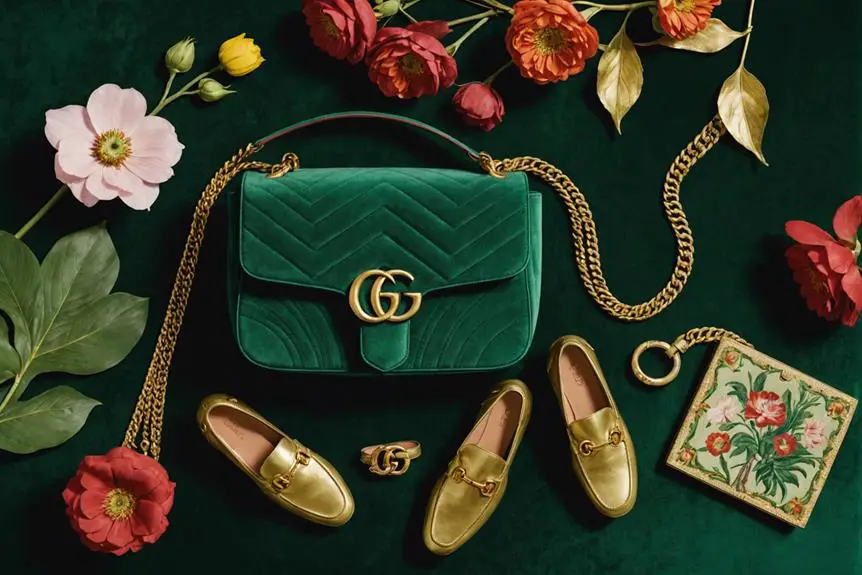
From the innovative bamboo handles of the Gucci Bamboo Bag to the timeless elegance of the Horsebit loafers, the brand's iconic products reflect a deep understanding of both luxury and practicality. Launched in 1947, the Gucci Bamboo Bag not only showcased inventive leather craftsmanship but also symbolized the brand's resilience during post-war material shortages.
Introduced in 1953, the Gucci Horsebit Loafers drew inspiration from equestrian aesthetics, quickly becoming a staple in luxury footwear and an emblem of sophistication. The Gucci Jackie 1961, originally named the Constance bag, further connected the brand to celebrity culture when it was renamed in honor of Jacqueline Kennedy, highlighting its appeal among the elite.
Additionally, the Flora scarf, created for Princess Grace Kelly in 1966, demonstrates Gucci's commitment to artistic collaborations and has become a beloved accessory, enhancing its luxury house credentials. In 1975, Gucci ventured into the beauty industry with its first fragrance, No 1, establishing a successful fragrance line that complemented its fashion offerings. Each of these iconic products not only reflects Gucci's heritage but also its evolving narrative in the world of luxury.
The Gucci Family Legacy
The legacy of the Gucci family is deeply intertwined with the brand's evolution, reflecting both triumph and turmoil. It all began with Guccio Gucci, who founded the brand in 1921 in Florence after gaining insights into luxury while working at the Savoy Hotel in London. His vision laid the groundwork for what would become a titan in luxury fashion. Guccio's son, Aldo Gucci, played a pivotal role in the brand's international expansion during the mid-20th century, with iconic stores opened in New York City and London.
However, the Gucci family faced significant internal strife in the 1980s, leading to a power struggle that ousted family members from the company by 1993. Maurizio Gucci, Guccio's grandson, inherited control but encountered financial difficulties and was tragically murdered in 1995, orchestrated by his ex-wife, Patrizia Reggiani. This dark chapter marked a profound shift in the brand's narrative. The Gucci family's direct involvement ended when PPR, now known as Kering, acquired the brand in 1999, symbolizing a new era devoid of family influence. Hence, the Gucci family legacy, marked by both brilliance and tragedy, remains a cornerstone of the brand's identity.
Corporate Challenges and Changes
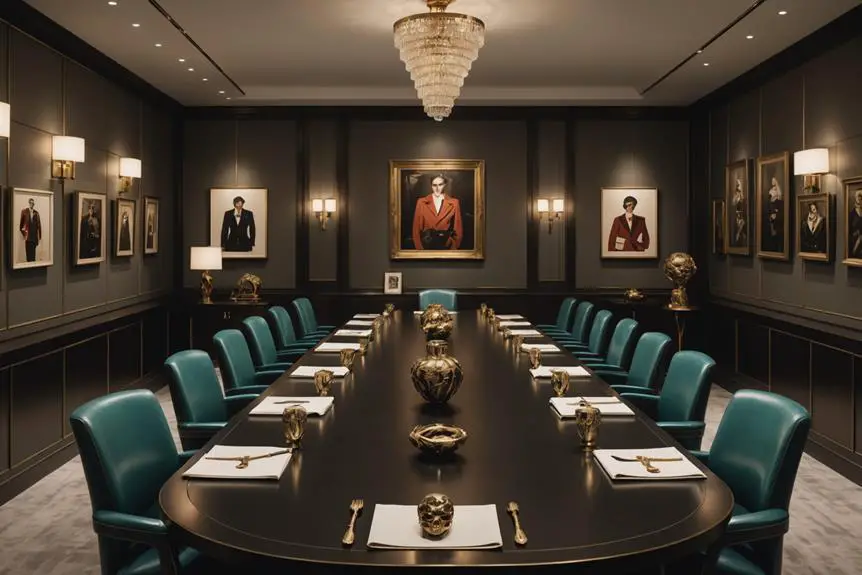
How did Gucci navigate the tumultuous waters of corporate challenges in the late 20th and early 21st centuries? The brand faced significant upheaval, particularly marked by family feuds and ownership changes. Here's a snapshot of those challenges:
- Investcorp's acquisition in 1993 ended the Gucci family's direct involvement.
- A dramatic corporate battle ensued in the late 1990s with LVMH's attempted acquisition.
- In 1999, PPR acquired Gucci for $2.9 billion, stabilizing the brand after years of turmoil.
- Leadership changes, including the pivotal appointment of Tom Ford as creative director in 1994, revived Gucci's market presence.
Despite Maurizio Gucci's tragic assassination in 1995, the brand began its turnaround under Ford's vision, setting the stage for a robust brand revival. However, by late 2014, Gucci faced another slowdown, leading to further leadership changes. The appointment of Alessandro Michele marked a new chapter, as he breathed fresh creativity into the brand until 2022. Collectively, these corporate challenges and changes reflect Gucci's resilience and adaptability in an ever-evolving luxury market.
Creative Directors Through the Ages
Gucci's ability to adapt through corporate upheavals paved the way for a dynamic evolution in its creative leadership. Each creative director has brought a unique vision, considerably shaping the brand's identity. Tom Ford, who joined in 1994, revitalized Gucci with his glamorous aesthetic, achieving remarkable commercial success, prominently with the Fall 1995 collection. His departure in 2004 marked a pivotal shift towards Frida Giannini, who, from 2006 to 2014, emphasized elegance and luxury while honoring Gucci's heritage.
In 2015, Alessandro Michele took over, introducing an eclectic style that not only captured attention but also propelled record sales. His focus on inclusivity and sustainability redefined luxury fashion within the brand. As Michele exited in late 2022, Sabato De Sarno stepped in as creative director in January 2023, bringing his rich background from Prada and Dolce&Gabbana. His debut collection for Spring Summer 2024, presented in September 2023, promises to further explore Gucci's identity while possibly merging past influences with fresh perspectives.
Together, these creative directors illustrate the brand's journey through changing aesthetics, reflecting broader trends in the luxury fashion landscape.
Global Market Presence
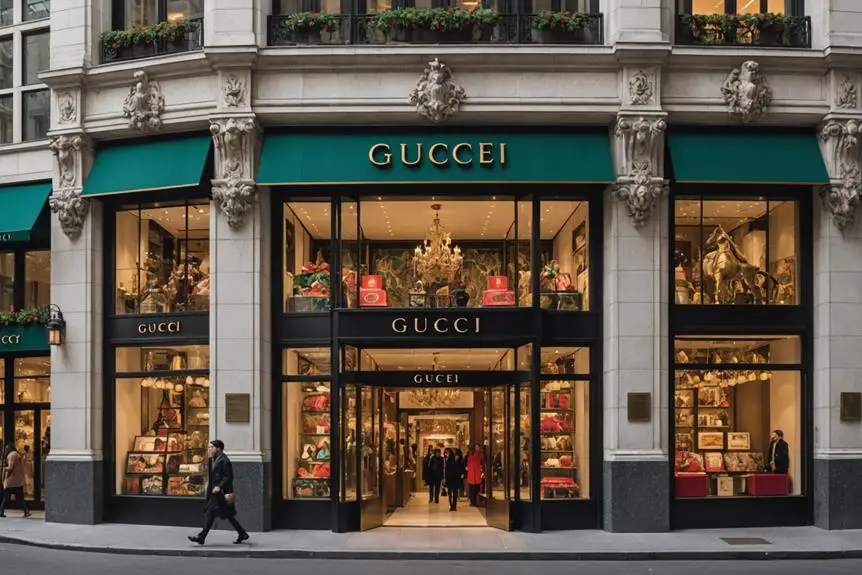
With 538 stores across the globe, Gucci has established a formidable presence in the luxury fashion market. The brand generated €9.9 billion in sales in the most recent fiscal year, showcasing its strong financial performance and robust consumer demand. This impressive figure reflects not just the quality of Gucci's products, but also its strategic expansion efforts, particularly in the U.S. market.
You can imagine:
- Elegant storefronts in bustling metropolitan areas like New York
- A dedicated workforce of 20,711 employees making an impact locally
- Iconic designs gracing the wardrobes of fashion enthusiasts worldwide
- A central headquarters in Florence, Italy, symbolizing heritage and innovation
Gucci's expansion journey began in New York City in 1953, marking a pivotal step in its global market footprint. Each store acts as a beacon of luxury, attracting customers and enhancing brand visibility. The brand's commitment to its employees and local economies underlines its role as a key player in the luxury fashion sector. As Gucci continues to grow, its presence solidifies, influencing trends and defining the luxury landscape for years to come.
Cultural Impact and Influence
As a leading force in the luxury fashion arena, Gucci's influence extends far beyond its impressive retail footprint. Since 1921, it's been a symbol of luxury, consistently shaping trends within the fashion industry. Celebrity endorsements have played a vital role in this journey—think Grace Kelly and Jackie Kennedy. Their association birthed iconic products like the Jackie bag and Flora print, cementing Gucci's desirability.
Gucci's creative directors, particularly Tom Ford and Alessandro Michele, have also been pivotal. Ford's glamor and Michele's eclectic vision resonate with contemporary audiences, enhancing the brand's cultural relevance. Additionally, Gucci's commitment to sustainability, with initiatives like a fur-free policy and ethical sourcing, reflects shifting consumer preferences toward environmental awareness.
To illustrate Gucci's impact, consider the following table:
| Aspect | Impact on Gucci | Cultural Significance |
|---|---|---|
| Creative Directors | Transform brand aesthetic | Engages modern audiences |
| Celebrity Endorsements | Boosts visibility | Creates aspirational appeal |
| Sustainability | Aligns with consumer values | Positions brand as ethical |
Through innovative marketing strategies and a focus on consumer engagement, Gucci continues to lead and redefine the luxury landscape.
Recent Developments and Growth
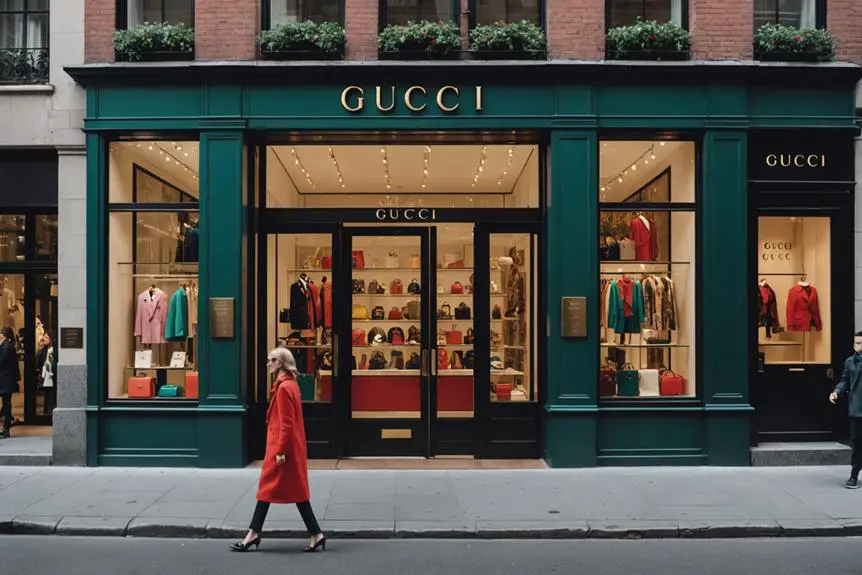
In 2023, Gucci stands as a formidable player in the global luxury market, operating 538 stores and employing over 20,711 individuals. This impressive global presence underscores its significant market performance, generating €9.9 billion in sales in the most recent fiscal year. The recent appointment of Jean-François Palus as CEO in July 2023 marks a pivotal shift in strategy, while Sabato De Sarno, the new creative director, aims to fuse Gucci's rich heritage with a modern vision. His debut collection, showcased in September 2023, promises to captivate consumers and strengthen brand loyalty.
- A commitment to sustainability with a fur-free policy
- Goals to reduce greenhouse gas emissions by 2025
- A focus on innovative designs that honor tradition
- Expansion into emerging markets to enhance global presence
These developments reflect Gucci's adaptability in a fast-evolving luxury landscape. By aligning with contemporary consumer values and emphasizing sustainability, Gucci is not just maintaining its relevance but is also poised for future growth. The brand's strategic leadership changes and creative direction signal a promising era, reinforcing its status as a key player in luxury fashion.
Future Directions and Sustainability
Gucci is charting a bold course towards sustainability and innovation, signaling a transformative era in the luxury fashion industry. Under the new creative director, Sabato De Sarno, the brand is embracing contemporary values that prioritize environmental responsibility. A significant step in this direction is its fur-free policy, introduced in 2022, which reflects a commitment to animal welfare and aligns with modern consumer expectations.
Gucci aims to reduce its greenhouse gas emissions by 25% by 2025, showcasing its dedication to combating climate change. The brand focuses on sustainable materials and ethical sourcing, working with organizations to enhance transparency throughout its supply chain. This commitment not only elevates its identity but also resonates with consumers increasingly concerned about the origins of their fashion choices.
Moreover, Gucci is innovating consumer engagement strategies by utilizing data to personalize experiences while reinforcing its sustainability ethos. By integrating themes of identity and nature into collections, the brand invites consumers to connect on a deeper level, fostering a sense of responsibility and community. Gucci's future directions firmly position it as a leader in the movement towards a more sustainable luxury fashion landscape.
Frequently Asked Questions
What Is the Story Behind Gucci?
You'll discover Gucci's story intertwines luxury, craftsmanship, and innovation. Founded in 1921, it evolved from artisanal luggage to iconic fashion, symbolizing status and creativity while steering through challenges that ultimately shaped its renowned global brand identity.
Does the Original Gucci Family Still Own Gucci?
No, the original Gucci family doesn't own Gucci anymore. After significant ownership changes in the 1990s, the family lost control, and now the brand operates as a subsidiary under Kering's management, thriving without their involvement.
What Made Gucci so Famous?
Gucci's fame comes from its innovative designs, iconic products, and strategic celebrity endorsements. You'll notice how the brand's luxury status was solidified through distinctive materials and bold marketing, creating a lasting impact on fashion culture.
Who Now Owns Gucci?
You'll find that Gucci is currently owned by Kering, a major luxury group. Under Kering's ownership, Gucci benefits from strategic direction and creative leadership, positioning it as a significant player in the luxury market.
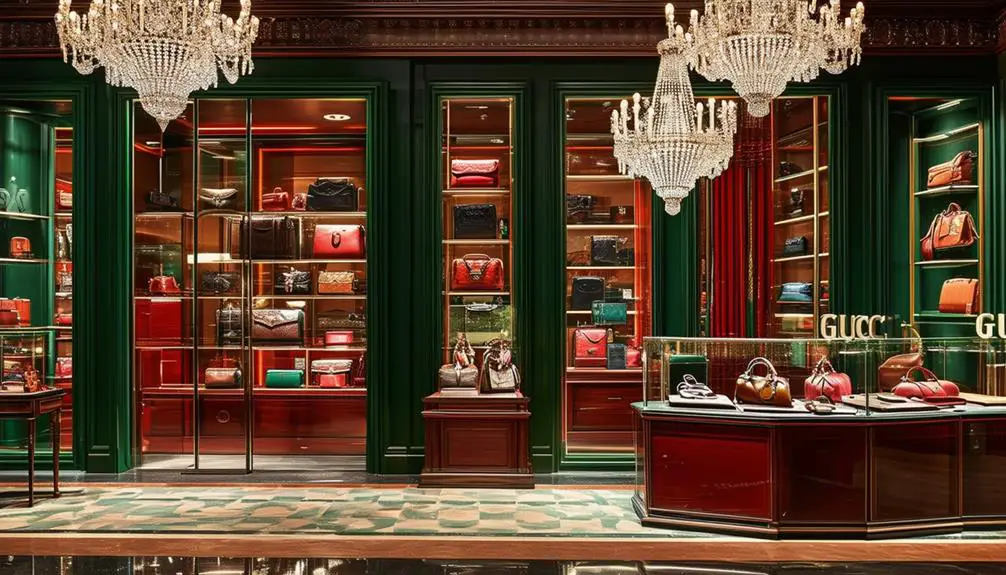


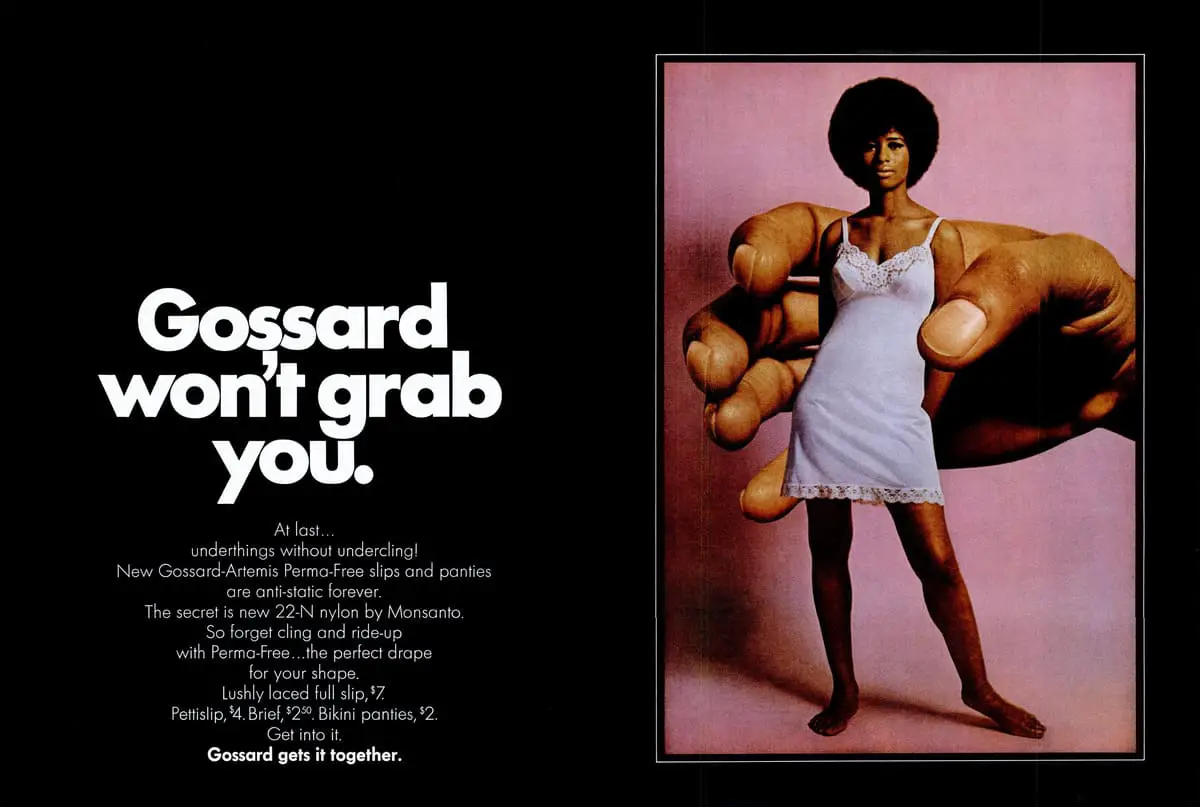

Your article helped me a lot, is there any more related content? Thanks!